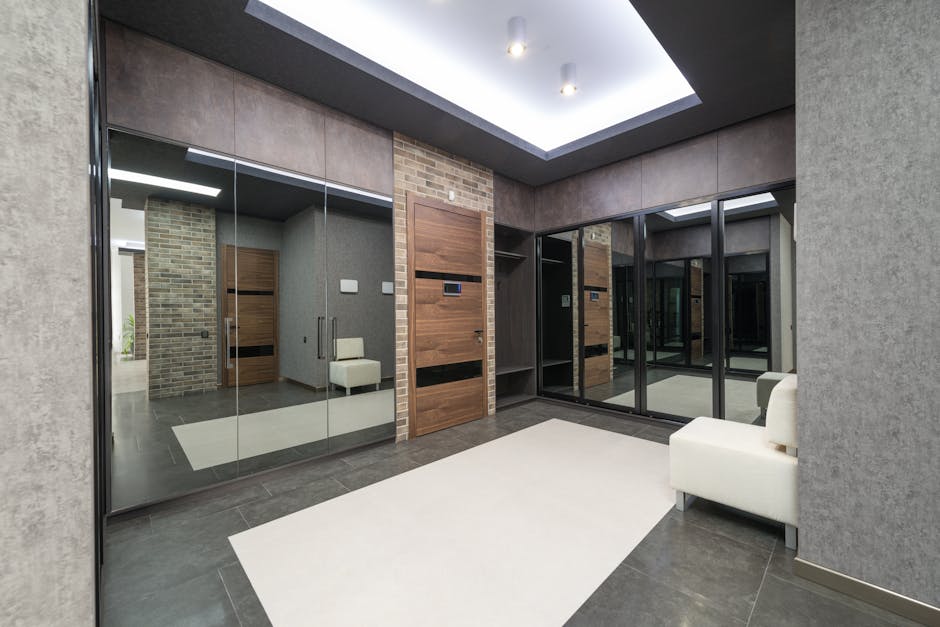Don't make it sound like a sales pitch. Make it sound like a knowledgable expert is giving advice. Don't use exclamation marks.
Remodeling a house with existing knob-and-tube (K&T) wiring presents a unique set of challenges, especially considerations relating to safety, compliance with modern electrical codes, and ultimately, the value of your property. Knob and tube wiring, an early standardized electrical system, was common in North America from the 1880s through the 1930s. It involves single-insulated copper conductors run within wall or ceiling cavities, supported by ceramic knobs and tubes. The knobs maintained separation from the building framing, and the tubes protected wires when passing through such framing. Understanding the limitations and potential dangers of K&T is the first and most crucial phase for homeowners looking to update their dwellings.
Understanding the Challenges of Knob-and-Tube Wiring During Remodeling
Working around K&T during a home remodel is tricky business. It’s more than just avoiding contact with the wires; it’s about understanding how the system functions and the inherent risks involved. The original installation might not meet the demands of today’s electrical loads. Over time, the insulation degrades, becoming brittle and potentially creating a fire hazard. Disturbing the old wiring, even slightly, can exacerbate these risks. You also got to think about insurers. Many insurance companies are hesitant, or even outright refuse, to cover homes with active knob-and-tube wiring. If you are looking at selling in the future this could present issues.
Potential Dangers Associated with Knob-and-Tube Systems
- Fire Hazard: Deteriorated insulation is prone to sparking and electrical fires.
- Overloading: Designed for much lower electrical demands than modern appliances require, frequently causing overheating.
- Lack of Grounding: The absence of a grounding conductor makes K&T incompatible with many modern appliances and increases the risk of electrical shock.
- Improper Modifications: Past amateur repairs or extensions to the system may be unsafe and not up to code.
Assessing the Situation: Inspection is Key
Before you even think about swinging a hammer or picking out new countertops, a professional electrical inspection is non-negotiable. A licensed electrician with experience in older homes will be able to give you a detailed report on the condition of your K&T system. Look for certifications like those from the Electrical Safety Foundation International (ESFI). The inspection should identify: which circuits are active, the state of the insulation, any previous modifications, and the overall safety of the system. They can help you determine if complete replacement, partial replacement, or other mitigation measures are the best course of action.
What to Expect From a Knob-and-Tube Inspection
A thorough inspection should involve both visual examination and electrical testing. The electrician will look for signs of damage like cracked or missing knobs and tubes, brittle or frayed insulation, and loose connections. They might also use a thermal imaging camera to identify hotspots that indicate overheating. They will probably use a multimeter to do things such as test circuit voltage levels. Get the report in writing, including photos, so you have clear documentation of the system’s condition. Don’t accept vague statements; insist on specifics about the location and severity of any problems.
Options for Dealing with Knob-and-Tube Wiring During a Remodel
So, you know you’ve got K&T, the report is back, now what? Generally, you have a few options, and the right choice will depend on your budget, the extent of the remodel, and your long-term goals for the house. These include complete replacement, partial replacement and abandonment. There’s also a fourth option, encapsulation. This involves spraying the K&T with a specialized fire-retardant foam. Encapsulation, some may say, can stop potential issues.
Complete Replacement: A Rewiring Project
The most recommended and safest option is to completely replace the K&T with modern wiring. This ensures compliance with current electrical codes and provides a safe and reliable electrical system for your home. While this is the most expensive choice, it offers the greatest peace of mind and can increase your home’s value. Consider it an investment in your safety and the longevity of your property.
The rewiring process typically involves:
- Removing all K&T wiring.
- Installing new electrical boxes, outlets, switches, and light fixtures.
- Running new Romex cable (or other approved wiring methods) throughout the house.
- Connecting the new wiring to a modern circuit breaker panel with appropriate grounding.
- Obtaining necessary permits and inspections from the local electrical authority.
It is advisable to have an idea of where the other utilities run within the walls, floors and ceilings of the house. This can help when planning the path of the electrical wiring to reduce unexpected problems.
Partial Replacement: A Compromise Solution
In some cases, a partial replacement might be an option. This typically involves replacing K&T in specific areas being remodeled, such as a kitchen or bathroom. It’s less expensive than a full rewire, but it doesn’t address the potential risks of the remaining K&T system. This approach is generally not recommended, particularly if the rest of the K&T is in poor condition. Keep in mind, some jurisdictions may not allow partial replacement and require complete removal upon discovery of K&T.
Abandonment: Disconnecting and Leaving It in Place
If you choose not to replace the K&T, you can abandon it. This involves disconnecting the wiring from the electrical system and leaving it in place. This approach requires careful execution to ensure the abandoned wires are completely de-energized and cannot be accidentally reconnected in the future. Even with abandonment, you still need to disclose the presence of K&T when selling the house, which can affect the property’s value. Simply cutting the wires is not sufficient; the wires must be physically disconnected from the power source and properly insulated.
Code Considerations and Permits
Electrical work is almost always subject to local building codes and requires permits. Don’t attempt to bypass this process. Pulling permits ensures that the work is inspected by a qualified electrical inspector, guaranteeing that it meets safety standards. In many jurisdictions, any remodeling work that uncovers K&T wiring will trigger a requirement to replace it. Check with your local building department to understand the specific regulations in your area. Failure to obtain permits can result in fines, delays, and even legal action.
Working with Qualified Professionals
This cannot be overstated: Don’t attempt to do electrical work yourself unless you are a licensed electrician. K&T wiring is especially dangerous, and improper handling can result in serious injury or death. Always hire a qualified and licensed electrician with experience in dealing with older homes and K&T systems. Check their credentials, ask for references, and verify their insurance coverage. A reputable electrician will be able to explain the options clearly and provide a detailed estimate for the work.
Insurance Implications
As mentioned, insurance companies often view K&T wiring as a liability. Many insurers will either refuse to cover homes with active K&T or charge significantly higher premiums. Replacing the K&T wiring is a sound decision to ensure you can obtain affordable homeowners insurance. Get quotes from multiple insurance companies to understand the coverage options and premiums available in your area. Be upfront about the electrical system in your home; concealing the existence of K&T could invalidate your insurance policy.
Cost Considerations for Knob-and-Tube Removal
The cost of dealing with K&T wiring can vary widely depending on the size and complexity of your home, the extent of the replacement, and the location of the wiring. A full rewiring project can be quite expensive, so it’s important to get multiple estimates from qualified electricians. Factors that can influence the cost include:
- The size of your house.
- The number of circuits being replaced.
- The accessibility of the wiring.
- The complexity of the wiring layout.
- The cost of labor and materials in your area.
Budget appropriately and consider financing options if needed. Don’t skimp on quality or safety to save money; doing so could end up costing you more in the long run.
Protecting Your Family and Your Investment
Addressing K&T wiring during a remodeling project isn’t merely an upgrade; it’s a vital step in ensuring the safety and value of your home. By understanding the risks, hiring qualified professionals, and complying with local codes, you can create a safe and modern living space for you and your family, all whilst also increasing the attractiveness of the house should you wish to sell.







